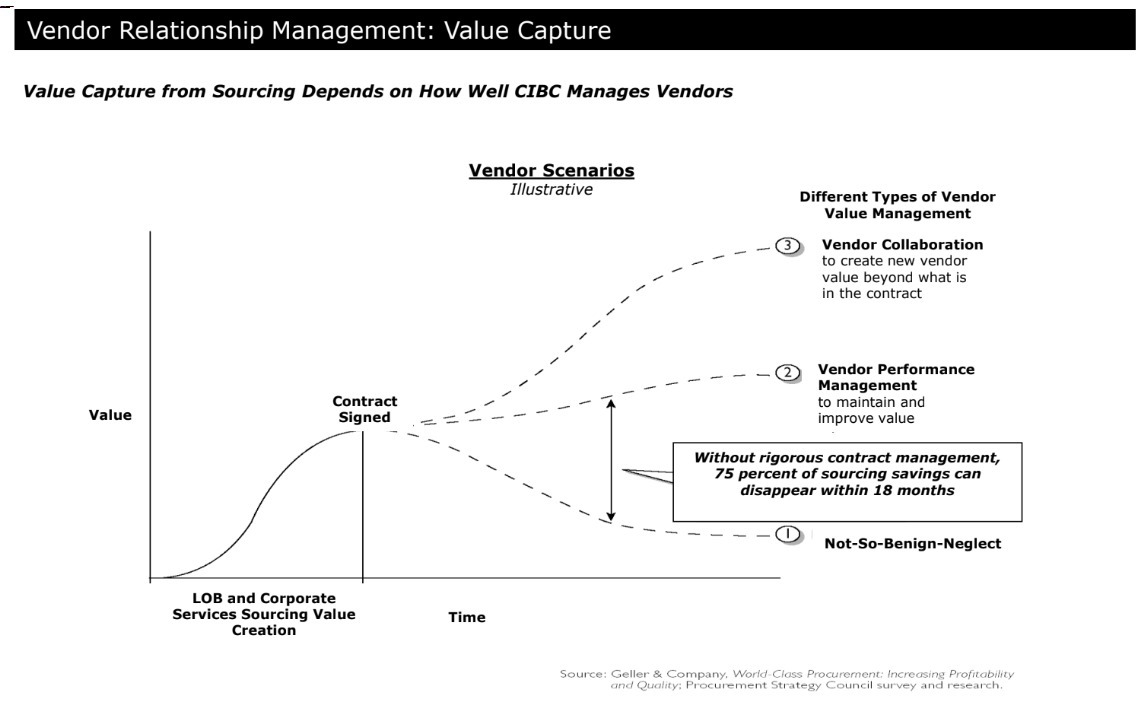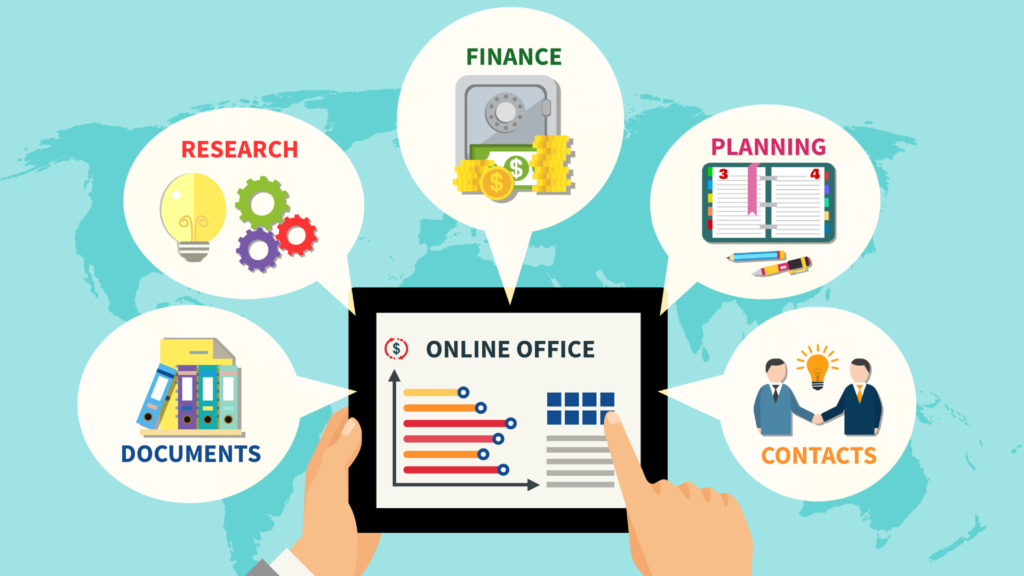As organizations strive for success, it’s essential to have effective vendor lifecycle management in place. This process ensures that vendors are managed consistently throughout their lifecycle, minimizing risk, optimizing contract management, and maximizing performance. In this comprehensive guide, we will explore what vendor lifecycle management is, its phases, best practices, and how an eProcurement solution can streamline the process. So let’s dive in and learn how to manage your vendors like a pro.
What is Vendor Lifecycle Management?
Vendor lifecycle management is a systematic and structured approach to managing vendors from their initial identification and engagement to the termination of their contract. It recognizes the importance of vendors in the procurement process and integrates them into the overall procurement strategy. The vendor lifecycle management process consists of eight key activities:
- Initial identification and engagement of potential vendors through RFPs, RFQs, or ITBs.
- Vendor qualification based on factors like price, performance history, reputation, and compliance.
- Selection of a chosen handful of vendors based on their ability to meet buyer’s needs.
- Vendor onboarding including profile creation and collecting necessary information securely.
- Continuous monitoring and evaluation of vendor performance using KPIs.
- Vendor risk management including assessing financial stability and compliance.
- Building strong relationships with vendors through open communication and regular meetings.
- Smooth offboarding process at the end of a vendor’s contract.
By following this comprehensive vendor lifecycle management process, organizations can optimize their vendor relationships, minimize risks, and achieve better procurement outcomes.
The Three Phases of Vendor Lifecycle Management
The vendor lifecycle management process can be divided into three main phases: pre-contract, contract, and post-contract. Each phase plays a crucial role in managing vendors effectively. Let’s explore each phase in detail.

Pre-Contract Phase: Needs Identification and Solicitation
The pre-contract phase is the initial stage of the vendor lifecycle management process. It begins with the identification of the organization’s needs and the solicitation of potential vendors. Requests for proposals (RFPs), requests for quotation (RFQs), and invitations to bid (ITB) are used to engage with vendors interested in fulfilling the organization’s requirements.
During this phase, it’s important to provide clear and detailed information about the organization’s needs, expectations, and evaluation criteria. This ensures that all potential vendors have a level playing field and can submit their proposals based on the same requirements.
After receiving the proposals, a thorough evaluation is conducted to determine the suitability of each vendor. Factors such as price, quality, performance history, reputation, compliance, and other specific requirements are taken into consideration. The goal is to shortlist a handful of vendors who meet the organization’s criteria and move them to the next phase.
Contract Phase: Onboarding, Contract, and Vendor Management
Once the vendors are selected, they move into the contract phase of the vendor lifecycle management process. This phase involves onboarding the vendors, establishing contracts, and managing vendor relationships throughout the contract period.
During the onboarding process, detailed information about the vendors is collected and stored securely. This information includes their business details, product quality, performance history, compliance, and any other relevant information. Having this information readily available allows for effective contract management, vendor risk management, and performance monitoring.
Establishing key performance indicators (KPIs) is crucial during this phase. KPIs help measure and monitor vendor compliance and performance. By setting clear expectations and tracking performance against these indicators, organizations can identify any deviations or areas for improvement and take appropriate actions.
Vendor risk management is another essential aspect of the contract phase. It involves assessing and mitigating risks associated with vendors, such as financial stability, compliance with regulations, and potential supply chain disruptions. Regular monitoring and evaluation of vendors help organizations identify and address any risks proactively.
Building strong vendor relationships is vital for successful contract management. Effective communication, regular meetings, and addressing concerns promptly contribute to a collaborative and mutually beneficial relationship. By fostering strong relationships, organizations can achieve better outcomes and drive innovation.
Post-Contract Phase: Offboarding and Contract Review
The post-contract phase marks the end of a vendor’s contract or the decision to terminate the relationship. For low-value or short-term contracts, offboarding is relatively straightforward. However, for complex, long-standing, or high-value contracts, the offboarding process requires more attention and time.
During the offboarding process, the contract is reviewed to ensure that all contractual obligations have been fulfilled. Any additional obligations, such as warranties or service agreements, are recorded and monitored for compliance. Once the contract review is complete, the vendor can be offboarded with the help of a vendor offboarding checklist.
The checklist may include items such as notifying relevant stakeholders, confirming the vendor’s compliance with laws and industry standards, terminating access to assets or systems, and finalizing payments. Documentation of vendor evaluations and any contextual information related to the termination of the contract is also important for future reference and improvement.
By effectively managing the post-contract phase, organizations can ensure a smooth transition and maintain a positive reputation in the vendor community.
Best Practices for Vendor Lifecycle Management
Implementing best practices can significantly enhance the effectiveness of vendor lifecycle management. Here are some key practices to consider:
Emphasize Communication and Collaboration
Clear and open communication is crucial for successful vendor lifecycle management. Clearly expressing requirements and expectations helps prevent misunderstandings and ensures that vendors understand the organization’s needs. Providing context for these requirements fosters engagement and encourages vendors to contribute innovative solutions.
A collaborative approach turns transactions into opportunities for additional value creation and innovation. It strengthens relationships, builds trust, and encourages vendors to take a long-term view of the partnership. By setting benchmarks for mutual success, organizations can drive continuous improvement and achieve better outcomes.
Set and Monitor Key Performance Indicators (KPIs)
| Vendor Management Critical KPIs | ||||
|
Task ID |
Task Description |
Yes | No |
N/A |
|
1 |
Carrier made appointment |
96.4% |
2.0% |
1.5% |
|
2 |
ASN received for shipment |
69.2% |
17.20% |
13.5% |
|
3 |
Carrier arrived +/- 60 min of appointment |
94.6% |
2.90% |
2.6% |
|
4 |
Pallet label correct location |
98.3% |
1.5% |
0.2% |
|
5 |
Pallet label contains all required info |
97.2% |
2.7% |
0.1% |
|
6 |
Pallet is standard size and in good condition |
97.8% |
2.1% |
0.1% |
|
7 |
Mixed SKU pallet identified “mixed” |
65.8% |
29.1% |
5.1% |
|
8 |
Packing slip in correct location |
91.0% |
8.5% |
0.6% |
|
9 |
Packing slip contains all required info |
92.2% |
6.2% |
1.5% |
|
10 |
Carton labels present |
96.0% |
4.0% |
0.1% |
|
11 |
Carton labels in correct position |
95.8% |
4.2% |
0.1% |
|
12 |
Carton labels contains all required info |
93.4% |
6.5% |
0.2% |
|
13 |
Carton with HAZ material correctly marked |
42.6% |
1.1% |
56.3% |
|
14 |
SKUs with multiple cartons kept on same pallet (not split across pallets) |
85.4% |
11.1% |
3.5% |
|
15 |
No visible damage to product detected upon upload |
76.8% |
23.0% |
0.2% |
|
16 |
No overages, shortages, or incorrect items |
50.4% |
33.4% |
16.2% |
|
Grand Total |
84.1% |
9.6% |
6.3% |
|
Establishing and monitoring key performance indicators (KPIs) is essential for measuring vendor compliance and performance. KPIs provide a measurable framework for evaluating vendor performance against predetermined targets. They enable organizations to identify areas for improvement, track progress, and take timely actions to address any deviations.
Regularly reviewing and analyzing performance data helps organizations identify trends, opportunities, and potential risks. It enables them to make data-driven decisions, optimize vendor relationships, and drive continuous improvement in procurement outcomes.
Leverage Technology and Procurement Software
Digital transformation has revolutionized the vendor management process. Leveraging technology and adopting a procurement software solution like Zapro can greatly enhance the efficiency, accuracy, and completeness of vendor lifecycle management.
Procurement software provides tools for sourcing, vendor onboarding, contract management, performance monitoring, and risk assessment. These tools streamline processes, automate repetitive tasks, and provide real-time access to vendor data. AI-powered analytics and automation further enhance the accuracy and efficiency of vendor management.
By investing in procurement software, organizations can centralize vendor information, improve collaboration, and make more informed decisions. It simplifies onboarding and offboarding processes, facilitates data-driven performance management, and strengthens relationships with vendors.
Streamline Vendor Lifecycle Management with Zapro
Zapro is a leading provider of procurement software that streamlines and automates vendor lifecycle management. With Zapro, organizations can manage the entire vendor lifecycle with ease, from initial identification to offboarding.
Zapro offers a range of features and solutions designed to optimize the procurement process:
- Sourcing: Run sourcing events to find the best suppliers for your organization’s needs.
- Procure-to-Pay: Gain complete control and clear context of every dollar spent.
- Invoice Automation: Settle invoices correctly and on time, ensuring efficient financial operations.
- Supplier Management: Onboard suppliers and manage all their information in one centralized platform.
- Contract Management: Store all contracts in one place with alerts for contract expiry, ensuring compliance.
- Inventory Management: Maintain optimum stock levels at all times, reducing stockouts and improving efficiency.
- Spend Analytics: Get complete visibility of spend across all departments, enabling better decision-making.
- Integrations: Seamlessly integrate with existing financial systems to streamline operations.
Zapro caters to various industries, including technology, retail, and financial services, offering tailored solutions to meet specific procurement needs.
Conclusion
Vendor lifecycle management is a critical process for organizations to optimize vendor relationships, minimize risks, and achieve better procurement outcomes. By implementing best practices, emphasizing communication and collaboration, setting and monitoring KPIs, and leveraging technology, organizations can effectively manage their vendors throughout their lifecycle.
With the help of a procurement software like Zapro, organizations can streamline and automate vendor lifecycle management, centralizing vendor information, improving collaboration, and making data-driven decisions. By adopting Zapro, organizations can simplify the onboarding and offboarding processes, enhance performance management, and build stronger relationships with vendors.
So, take control of your vendor lifecycle management and unlock the potential for greater efficiency, cost savings, and value creation with Zapro.
Book a Live Demo to see how Zapro can revolutionize your vendor management process and drive procurement success.
Contact Us to learn more about Zapro and how it can transform your procurement operations.
